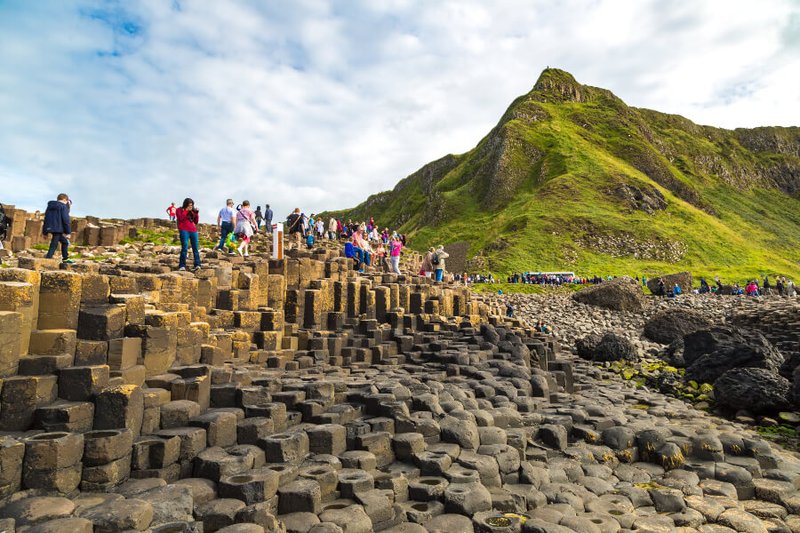Northern Ireland's historic capital showcases the culture and landmarks of a storied past
The capital of Northern Ireland is tucked away high up on the North East coast of the island of Ireland, on the River Lagan. This location made it a major centre for shipbuilding and, in the 19th century, was one of the largest ports in the world.
Thousands of ships took their maiden voyage from Belfast’s port but only one of those is still a household name today. The Titanic was designed, built and launched from Belfast. The Harland & Wolff shipyard was the largest in the world and three Olympic Class ships were built between 1908 and 1911 of which the Titanic would become the most infamous.
Today a trip to Titanic Belfast provides visitors with a wonderfully detailed history of RMS Titanic. The nine interactive galleries give an insight into the ocean liner, the way it was built, the people aboard and its ill-fated, transatlantic journey. Projections, animations and even rides ensure the experience is fast-paced and informative, with replicas of cabins and the engine rooms giving visitors an experience of what it was like to live or work onboard.
Belfast’s Titanic Quarter that was once the home of the city’s shipbuilding industry has now undergone a huge development programme and as well as holding the Titanic museums and hotels, is also now a fashionable residential and retail district that houses most of the city’s new museums and arenas as well as hip cocktail bars and trendy waterfront restaurants.
From being one of the world’s largest shipbuilder and, in the 19th century, the world’s largest producer of linen, Belfast saw a decline as post-war de-industrialisation impacted the city. Belfast’s more recent history is also marred by the Troubles, which caused a huge amount of suffering during the 1970s and 1980s. The capital of Northern Ireland was a dangerous city to live in during this period as battles raged between the mainly Protestant Unionists who supported British rule of the region and the mostly Catholic Republicans who wanted an independent unified Ireland.
The violence ended in 1998, when the Good Friday Agreement was signed and since then, Belfast has been rebuilding and rebranding itself to become a major destination for tourists and investors.
In contrast to Belfast’s modern waterfront Titanic Quarter, the city’s central Cathedral Quarter is made up of Victorian architecture and wonderfully quirky bars and restaurants nestled down narrow, cobbled streets. Named after the magnificent Saint Anne’s Cathedral, which hosts daily evening song, the Cathedral Quarter is packed full of traditional pubs. And Belfast is a fantastic place to get a real experience of traditional Irish musical performances in a steamy, Guinness-soaked pub. With wooden beans, one of the oldest and most famous pubs in Belfast is The Dirty Onion, where music can be heard every night of the week. Traditional Irish musicians play by the open fire in Fibber Magee’s seven days a week and more established musicians can be found in The John Hewitt. In May the Cathedral Quarter Arts Festival sees the cobbled streets packed with street performers and venues come alive with poetry, music and theatrical performances.
Belfast is also the starting point for tours to the Giant Causeway and day trips for Game of Thrones tours. Much of the hit TV fantasy was filmed in Northern Ireland so fans of the show can see the locations including the Iron Islands and parts of Winterfell.





